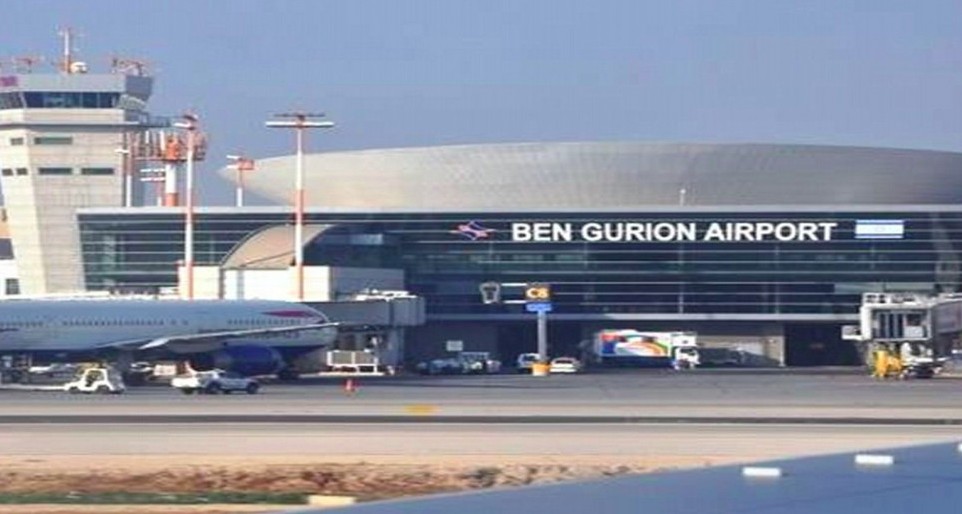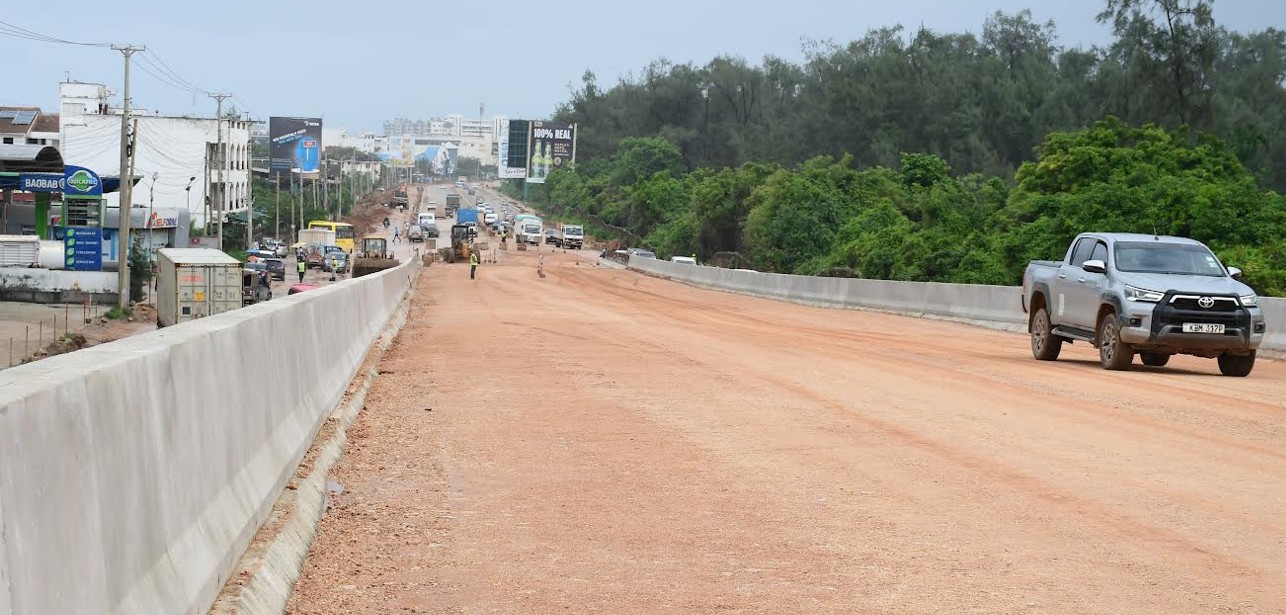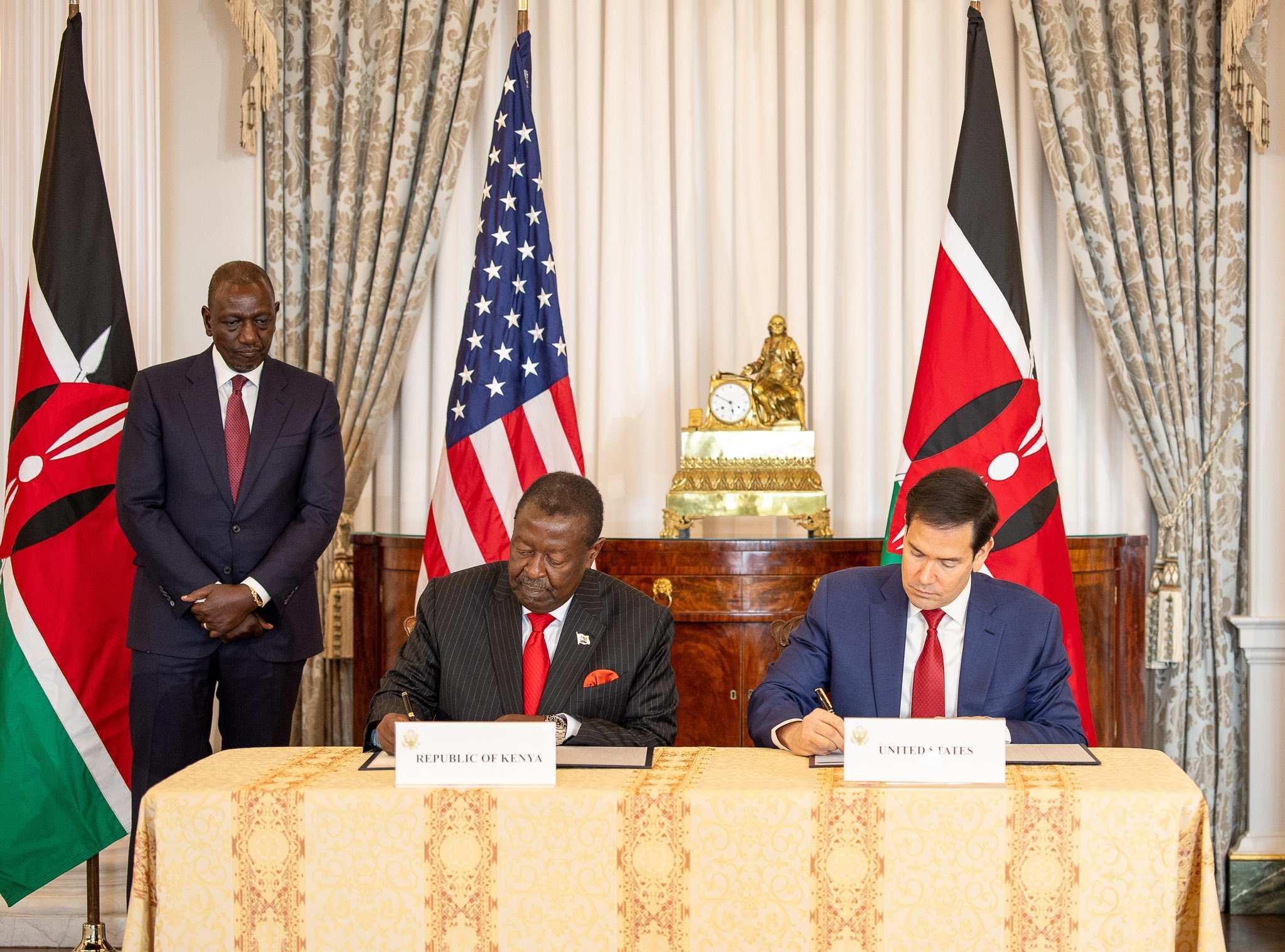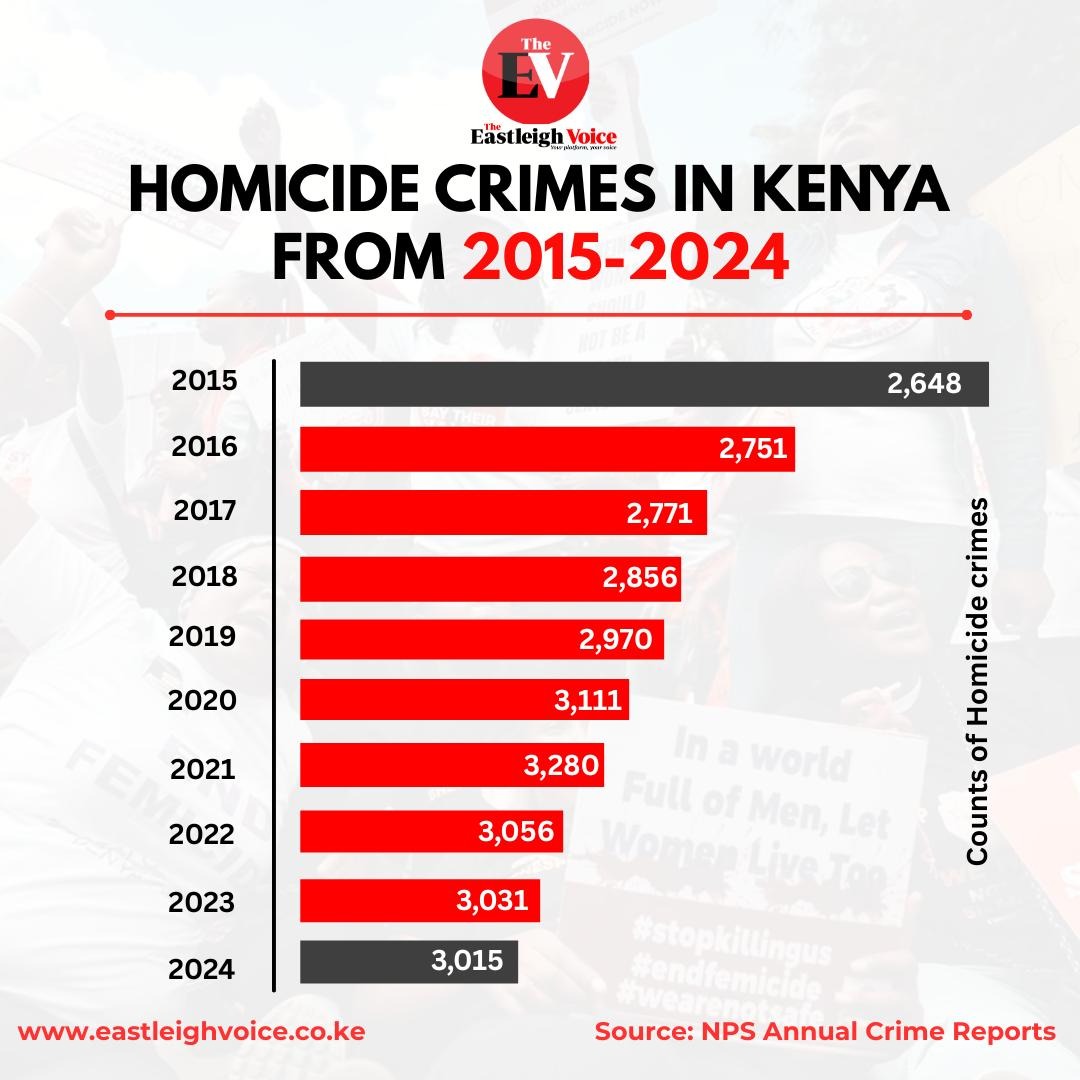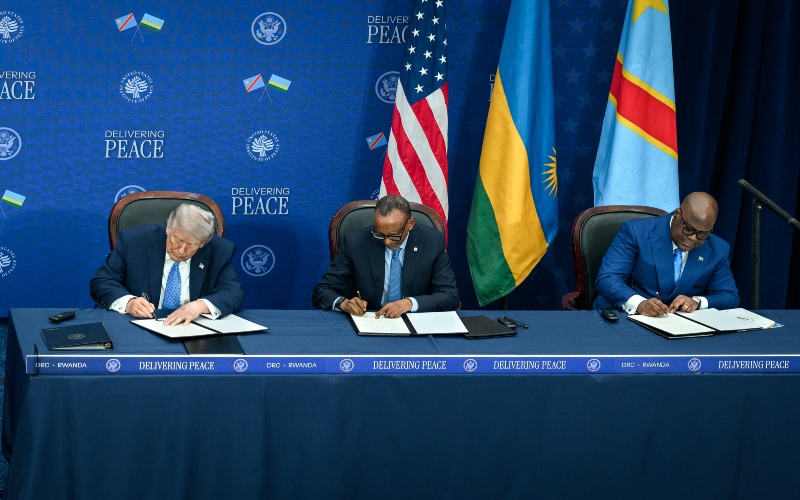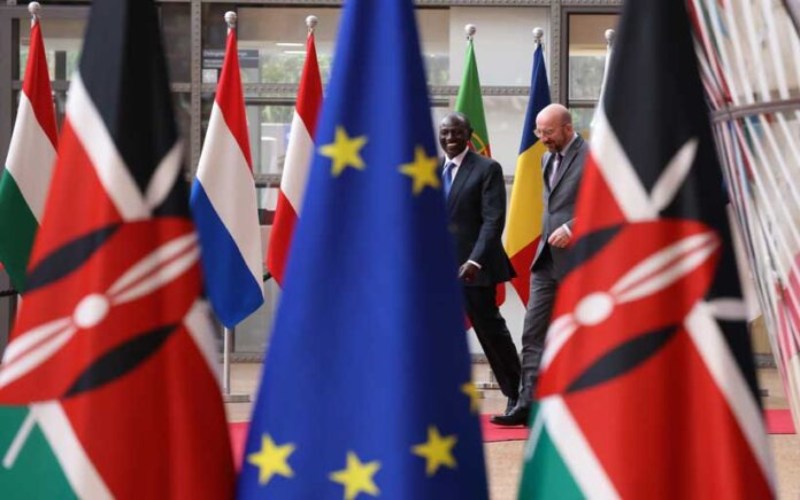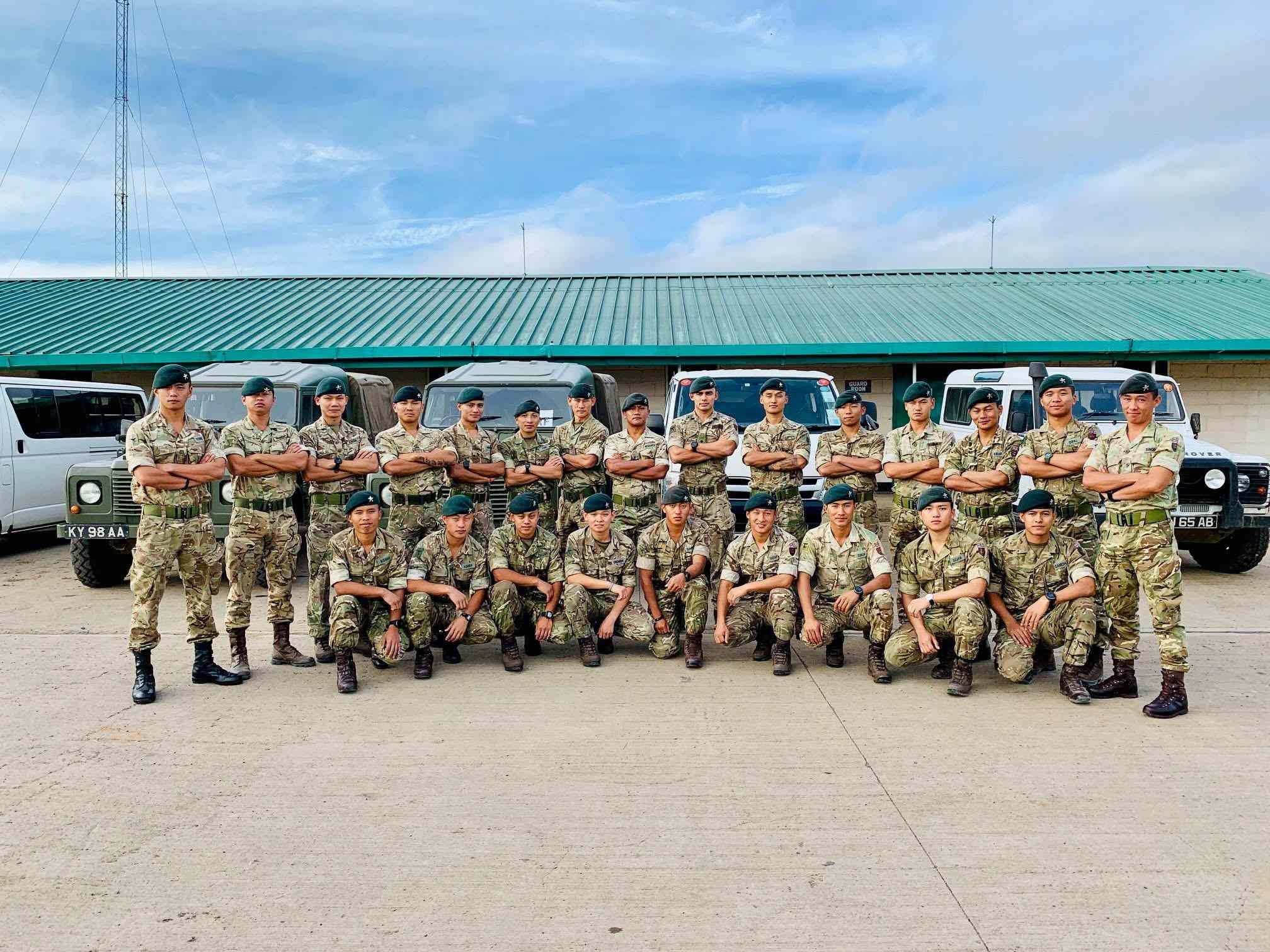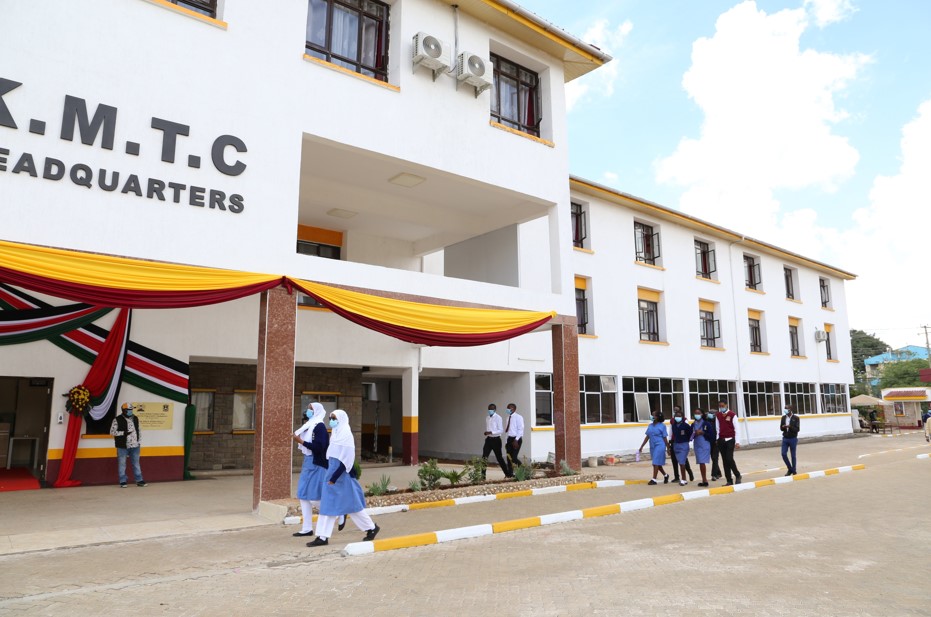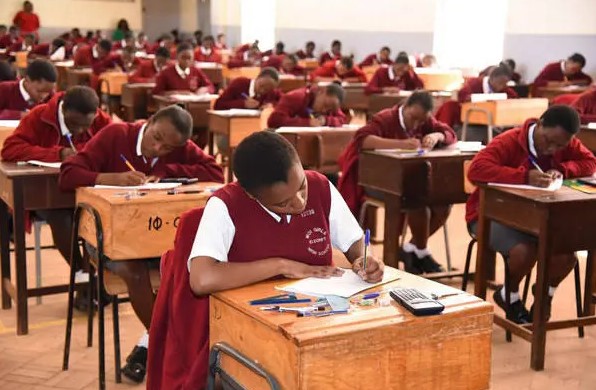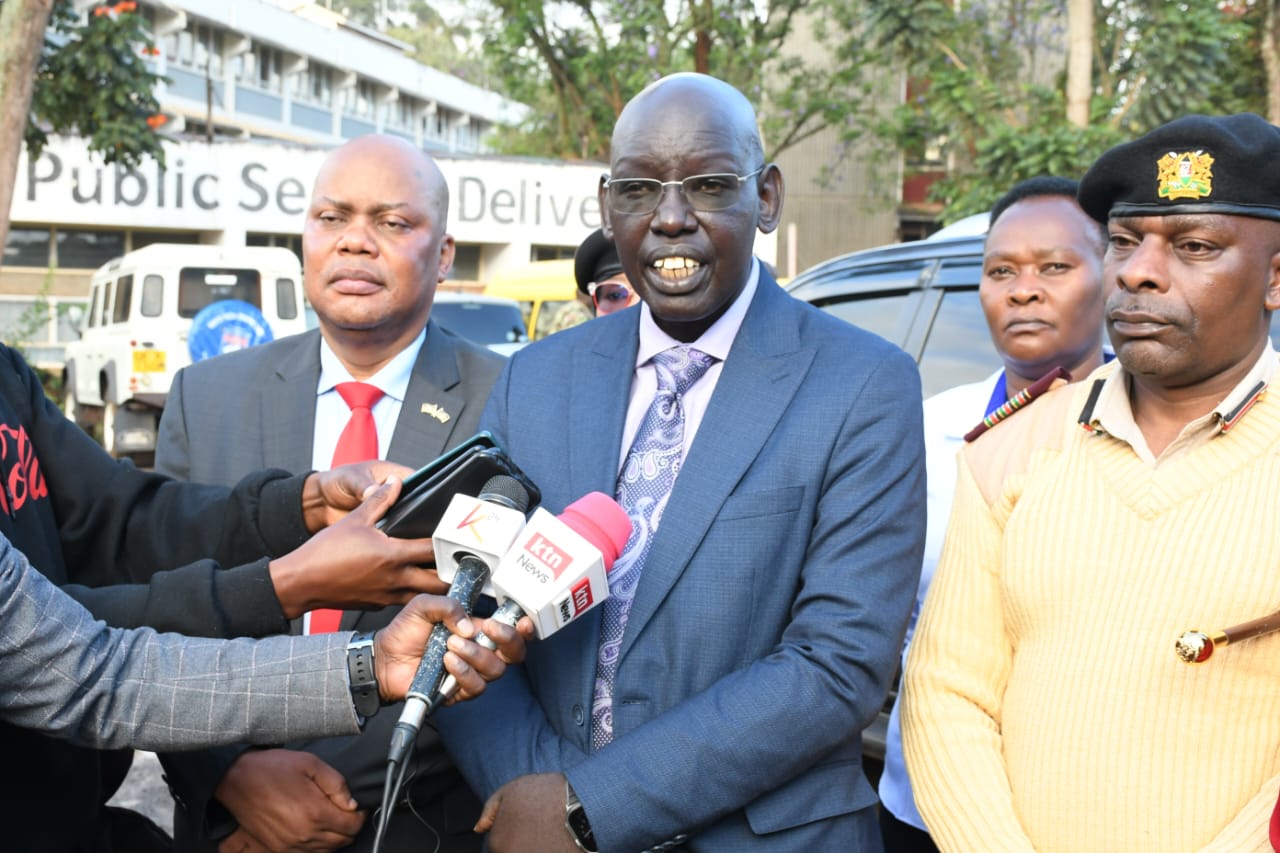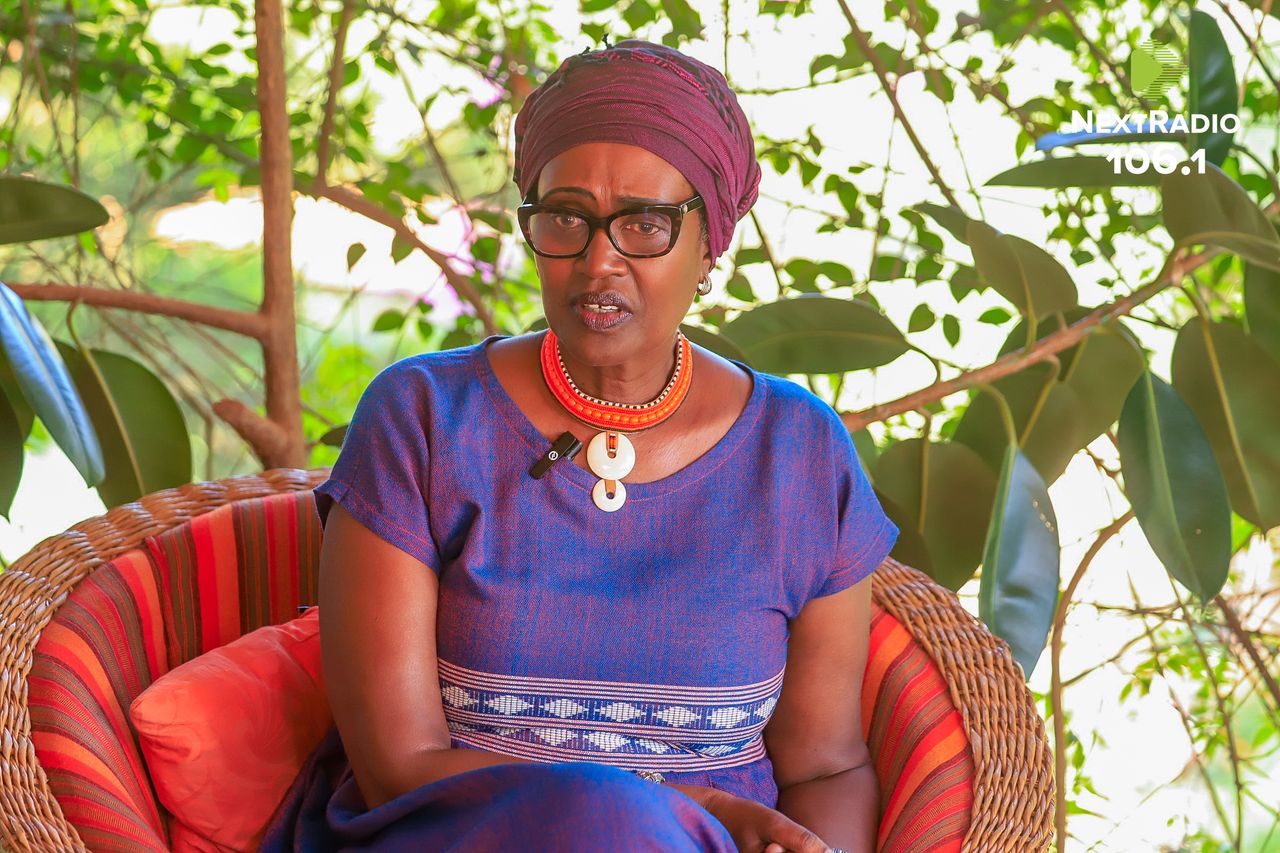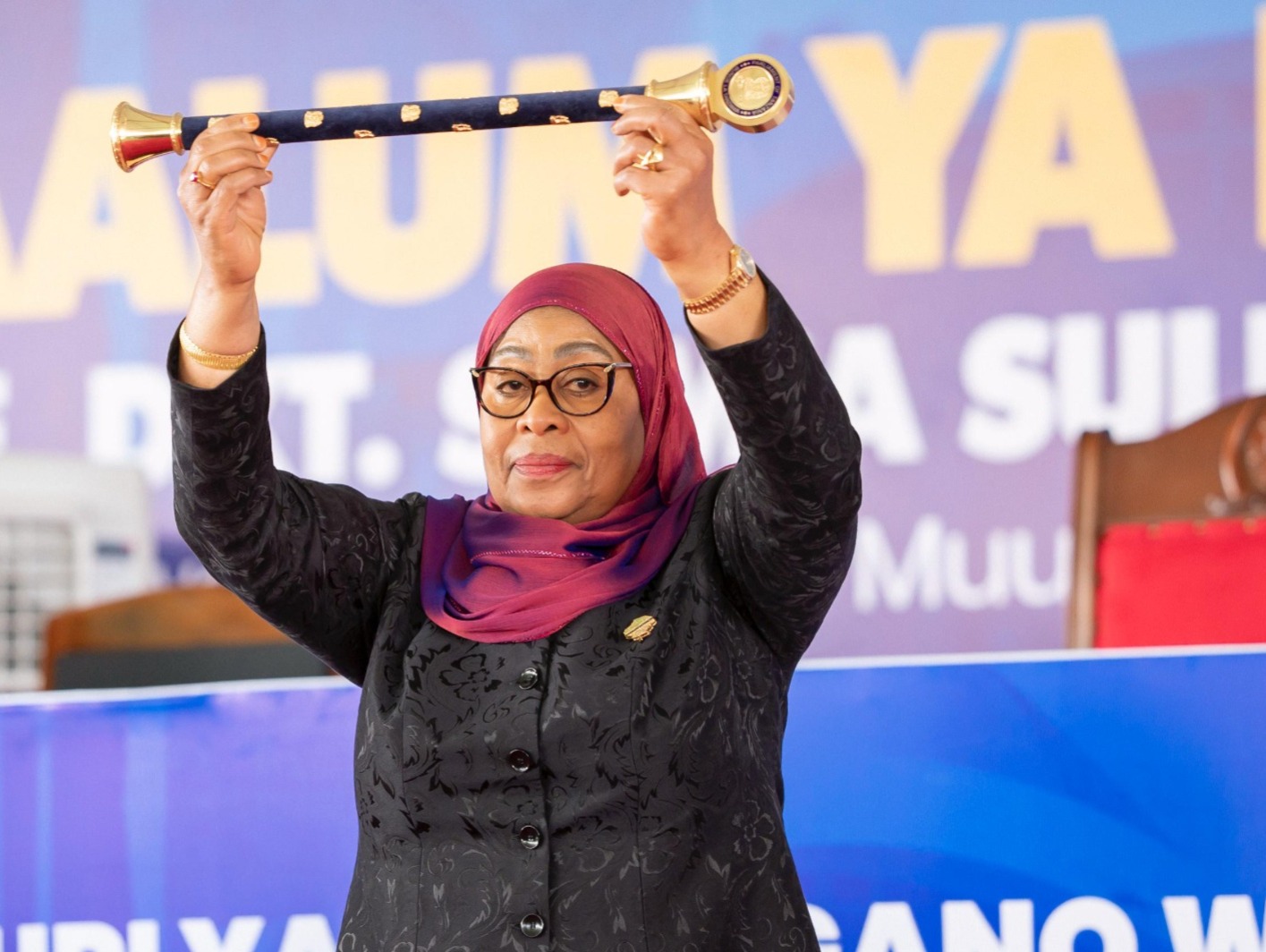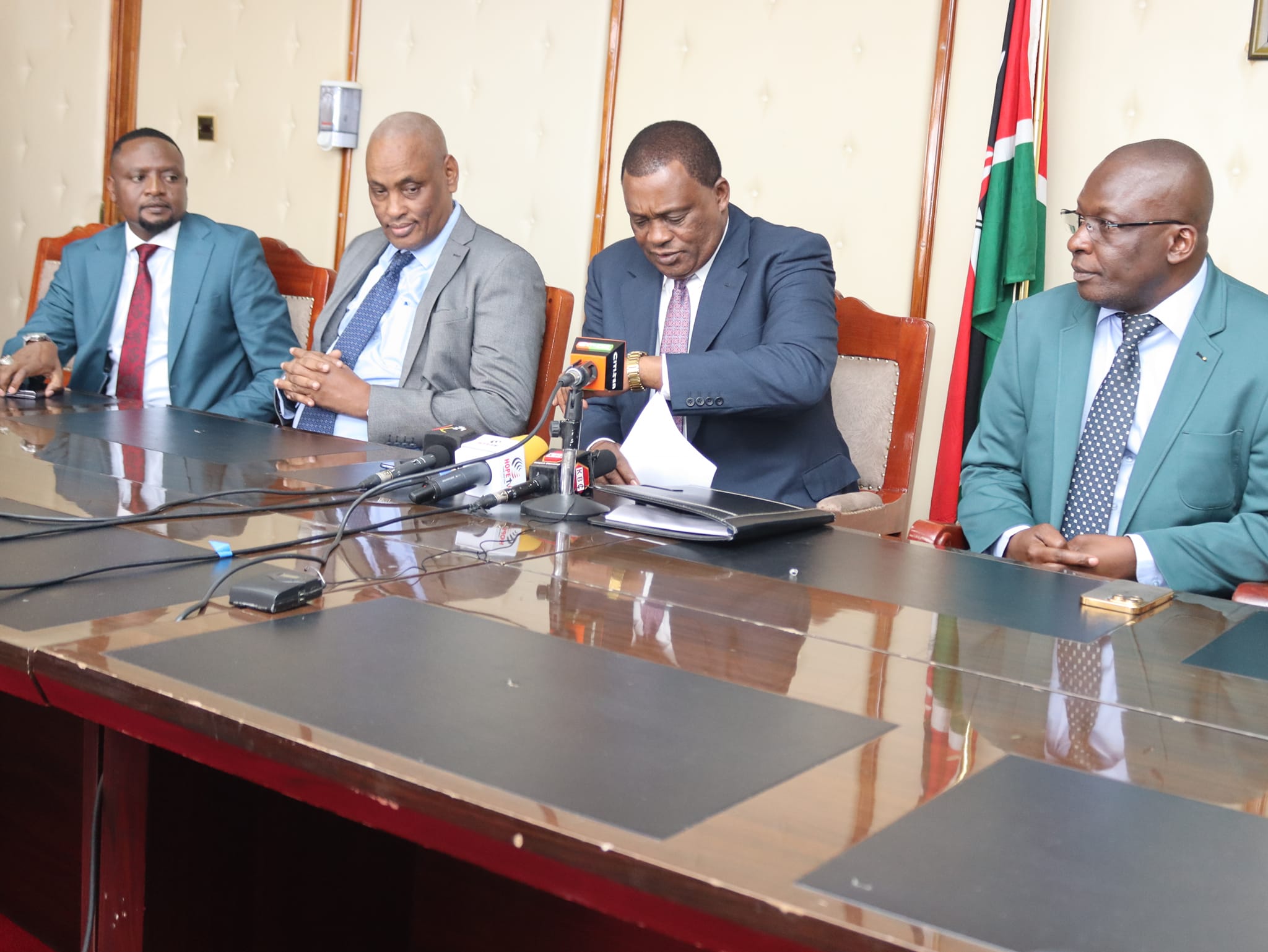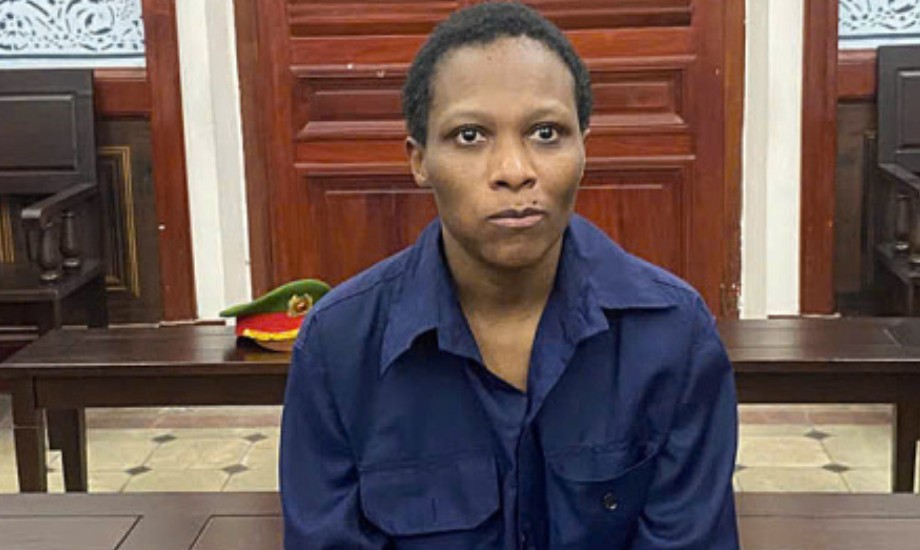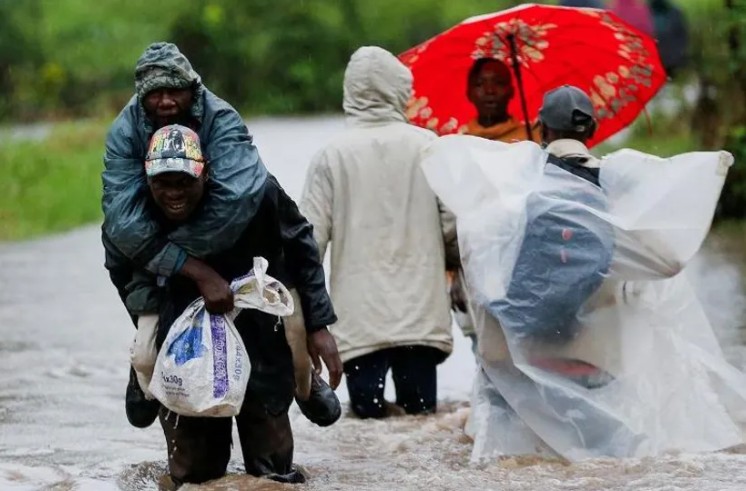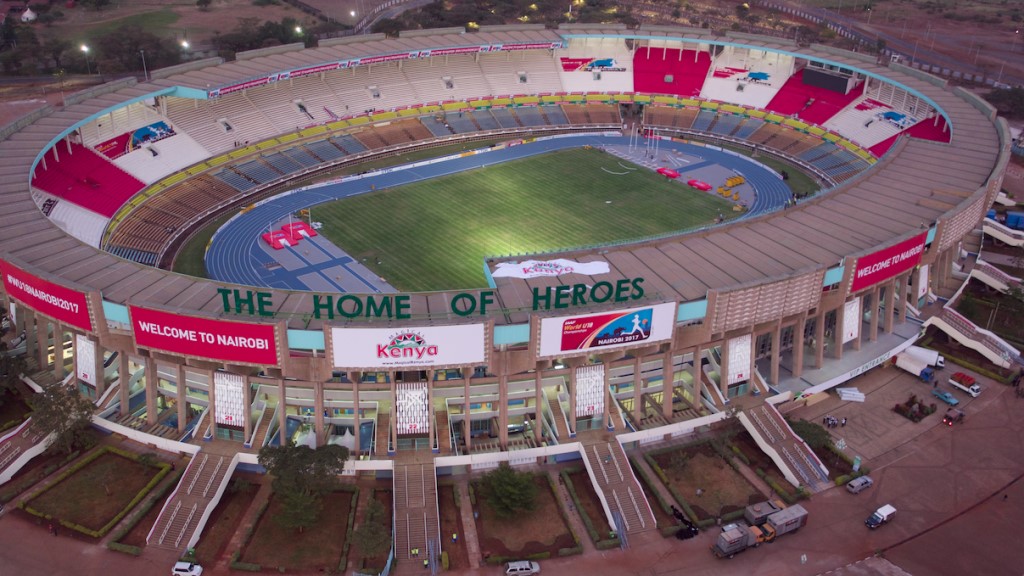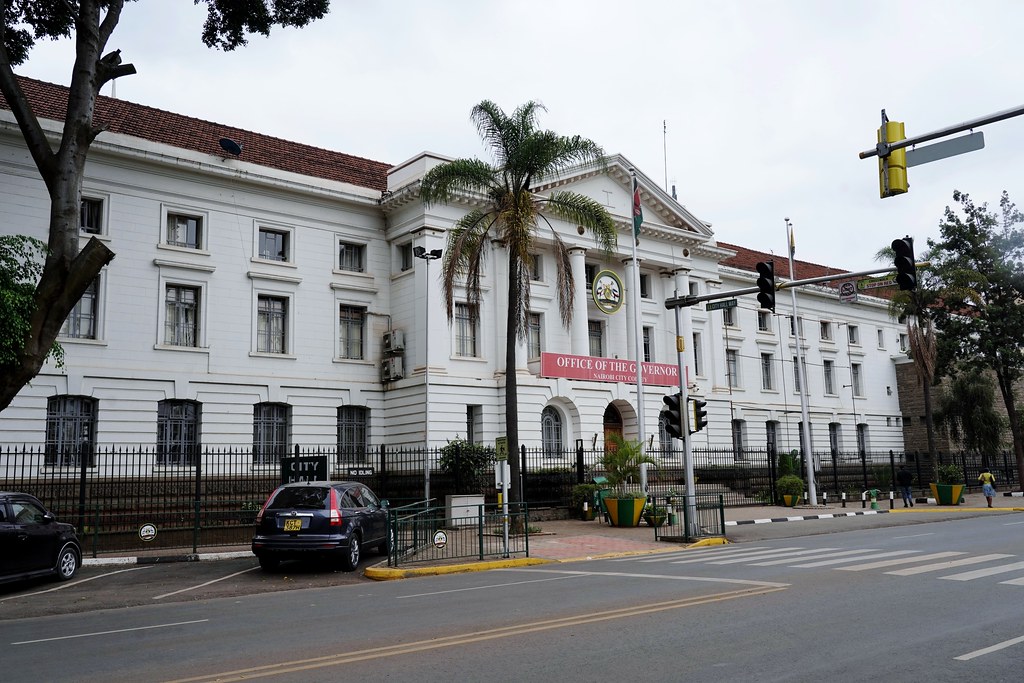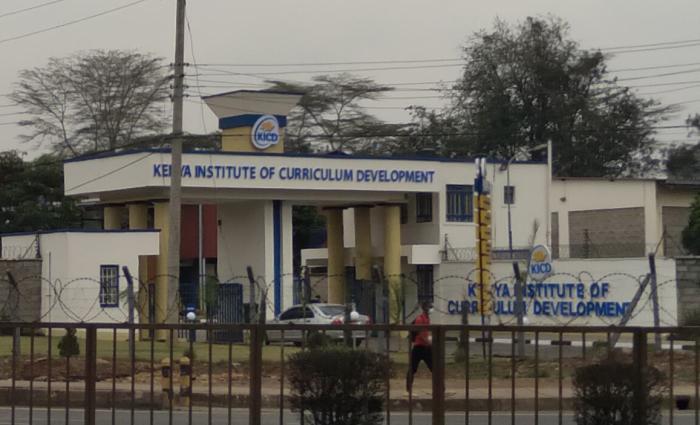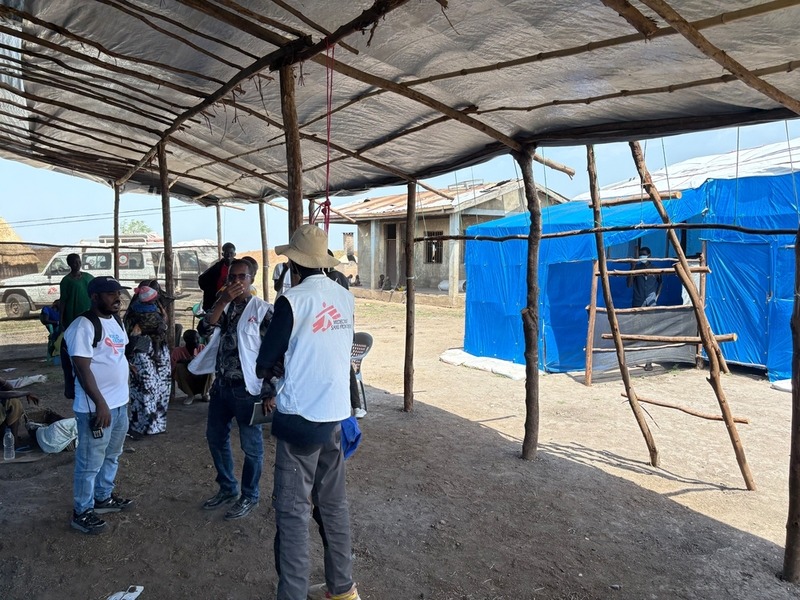Mudavadi: Nearly 5,000 Kenyan refugees in Ethiopia seek to return home

Mudavadi said the government would facilitate their repatriation and reintegration but emphasised that no compensation would be provided.
Nearly 5,000 Kenyan refugees in Ethiopia’s Dillo and Megado towns have expressed interest in returning home after years of displacement caused by inter-ethnic clashes.
Prime Cabinet Secretary Musalia Mudavadi has said the government will facilitate their repatriation and reintegration but emphasised that no compensation will be provided.
More To Read
- DIG of Police Eliud Lagat urges Mandera residents to help identify terror suspects, clan conflict instigators
- Kenya-Ethiopia border killings spark mass exodus in Marsabit's Dukana Ward
- Tensions flare in Bura, Tana River as three men are killed in land dispute
- How women in Mandera are helping resolve inter-clan disputes
- 'Nobody will be spared': Kindiki warns leaders against negative ethnicity, incitement
- Somalia deploys troops to Landhere amid deadly inter-clan clashes
While responding to questions before the Senate on Wednesday, Mudavadi said the government would facilitate their repatriation and reintegration but emphasised that no compensation would be provided.
“Over 500 families of Kenyan origin living in Dillo and Megado areas of Southern Ethiopia fled North Horr in 2000 due to inter-ethnic conflicts, culminating in the Turbi Massacre. Currently, 4,993 individuals have expressed their desire to return to Kenya, and the process of repatriation should begin,” he said.
Marsabit Senator Mohamed Chute had sought clarity on the number of refugees and the government’s plans for their return.
“CS Mudavadi, could you state the number of Kenyan refugees in Magado and Dillo towns in Ethiopia and what the government is doing to facilitate their repatriation to Kenya?” he posed.
In response, Mudavadi acknowledged the complexity of the repatriation process and the need to address settlement issues before their return.
“Before repatriation begins, we must address where they will return to and how they will be accommodated. The government only facilitates return and reintegration into Kenyan society for any Kenyan refugee granted asylum by any country. No compensations are paid by the government for any returning Kenyan,” he said.
The refugees, who have been in Ethiopia for over two decades, fled their homes in Marsabit County following deadly clashes between communities.
Turbi Massacre
The Turbi Massacre, which occurred in 2005, was one of the deadliest incidents of ethnic violence in Kenya’s history, leaving dozens dead and forcing many to seek refuge across the border.
At least 53 people, including 21 primary school pupils, were feared dead after a series of raids by heavily armed bandits.
Five hundred raiders surrounded a school at dawn, massacring the children as teachers begged for their pupils' lives. Three teachers—two men and a woman—also died as the bandits, dressed in jungle green camouflage, opened fire on anyone in sight.
They then chased the survivors into their manyattas (villages) and cut them down with machetes, knives, and spears.
The raiders, armed with AK-47 rifles, sub-machine guns, and hand grenades, struck at Turbi, about 130 kilometres from Marsabit town. They left a trail of destruction at the trading centre, Turbi Primary School, and in the nearby manyattas, which they burned to the ground.
Of the 53 who died, at least 21 were children, and 12 were raiders.
Survivors, including children, teachers and villagers, escaped into the surrounding bush and nearby areas to avoid the heavily armed attackers. Some managed to flee to Marsabit town and other safer regions, while others crossed into Ethiopia seeking refuge.
With thousands now expressing interest in returning, Mudavadi said the government will outline a clear roadmap for their reintegration into Kenyan society.
“The 4,993 that I have given, we have reached this after a very elaborate process that is ongoing that is making sure that we are systematic in this process. That is how we have arrived at this figure,” he said.
“In terms of timelines, that is something that I can seek the indulgence of the House to get further clarification from the department of refugees if they can be more specific on the timelines. But I can still maintain that there will be largely indicative timelines. They may not be those that are firmly casting stone.”
Top Stories Today
